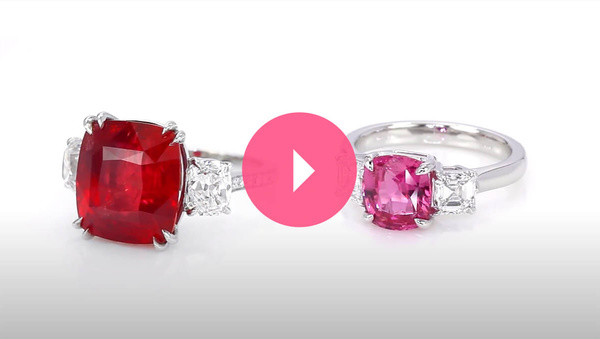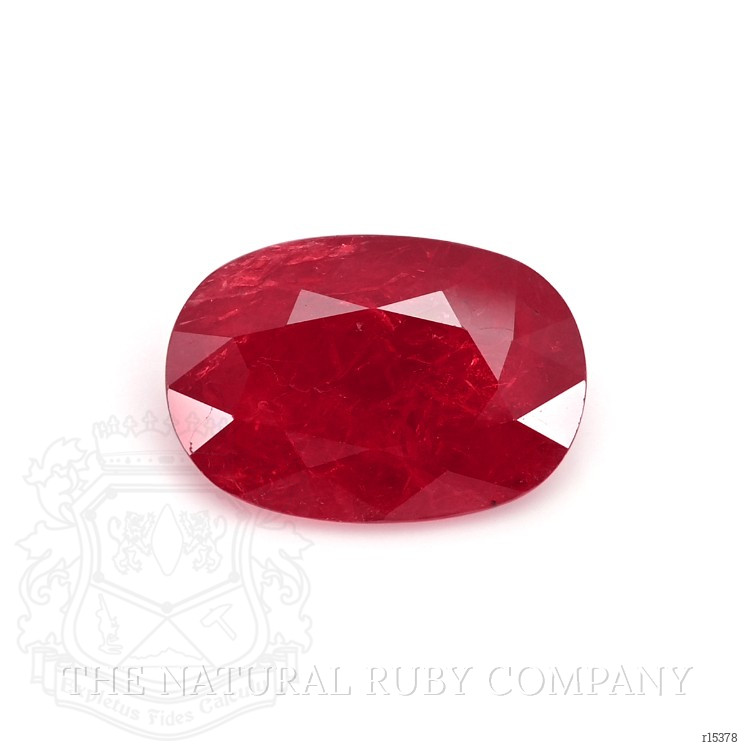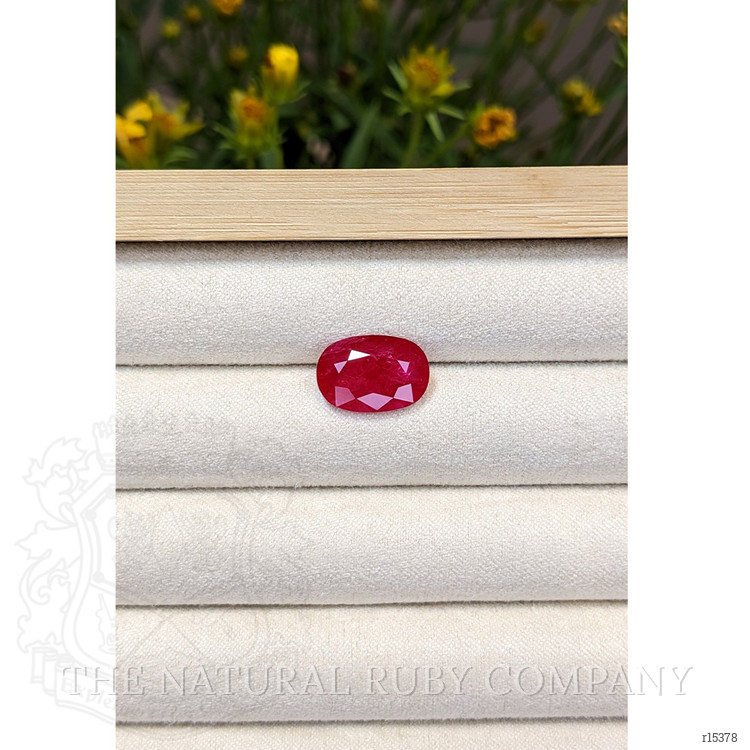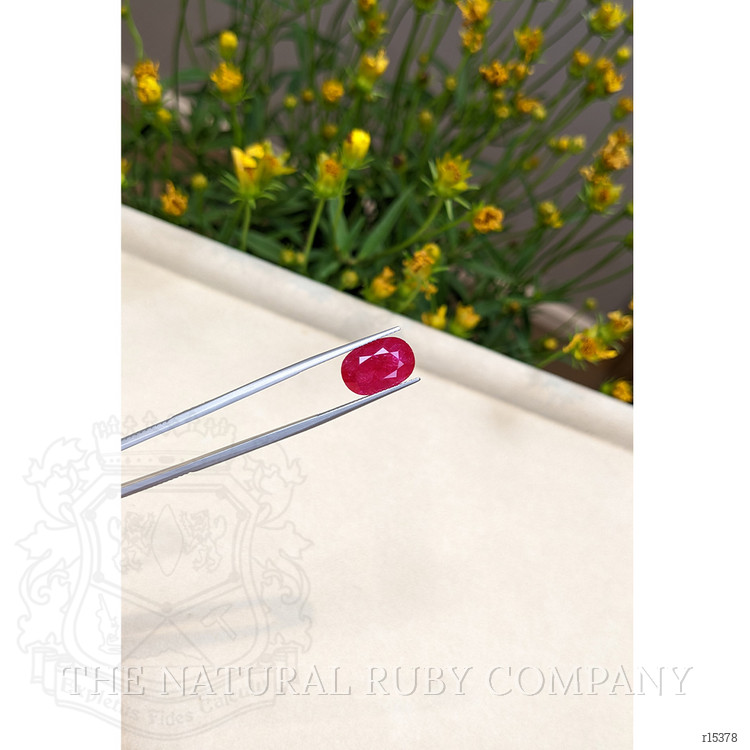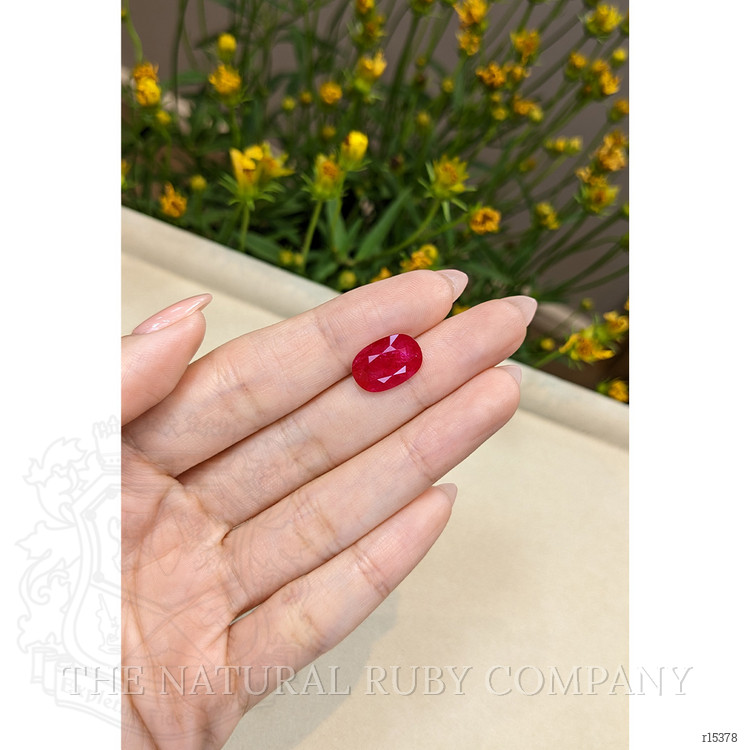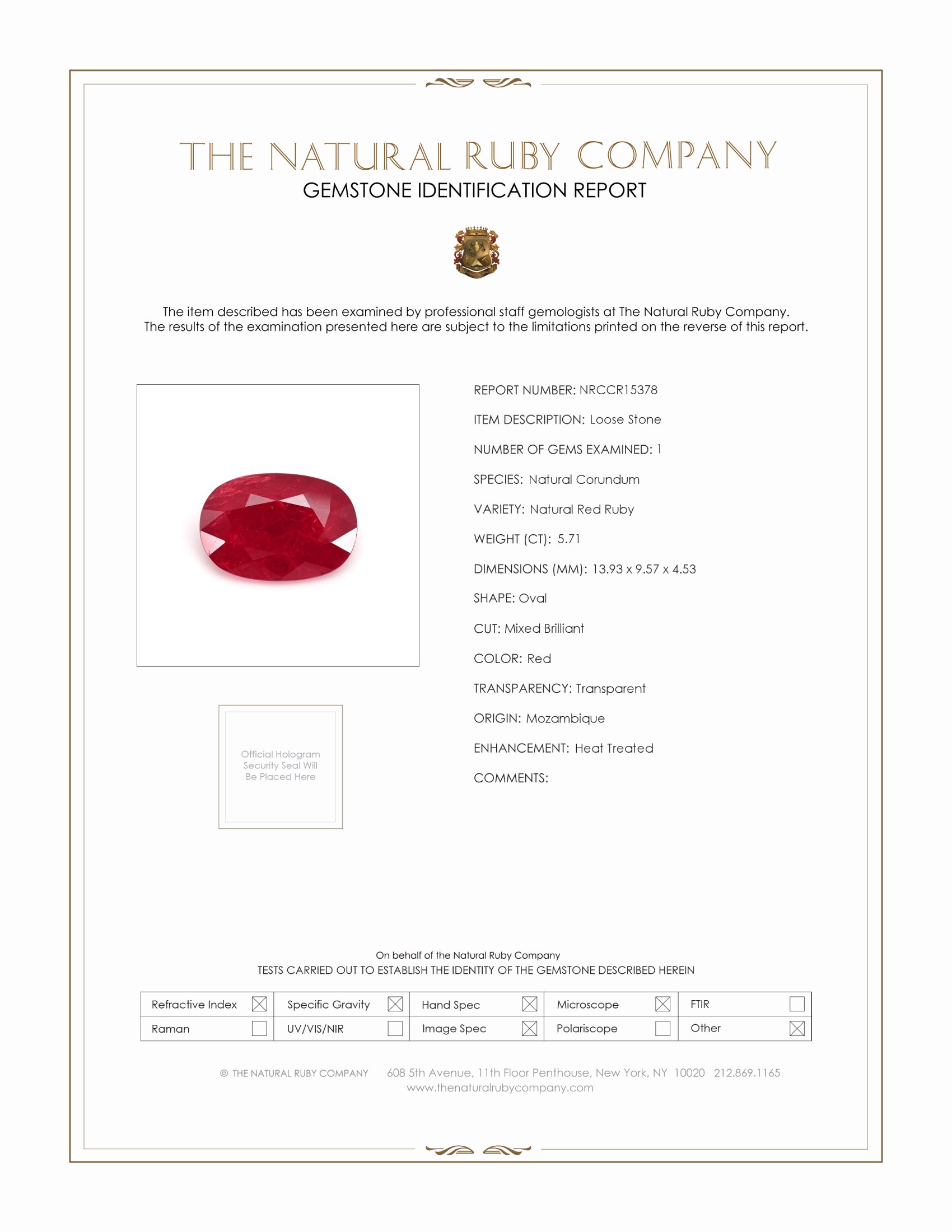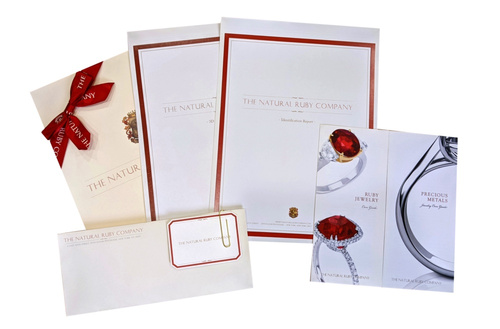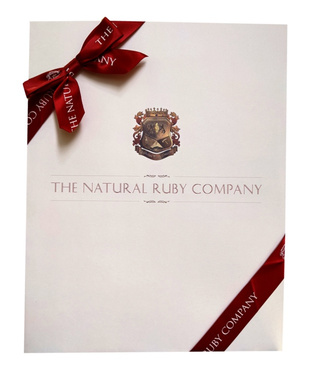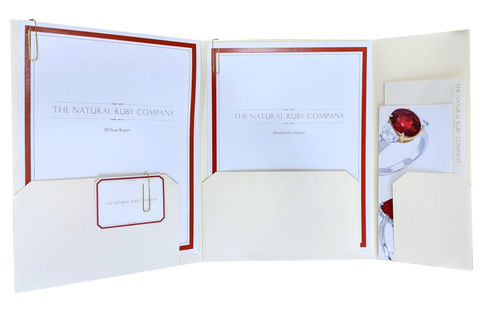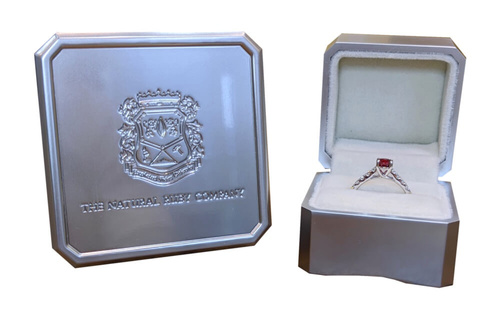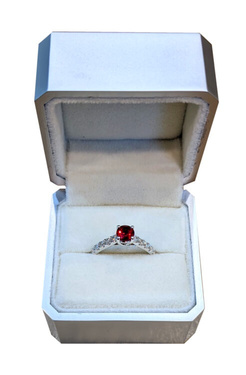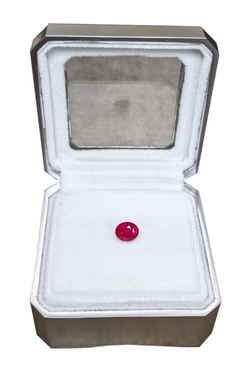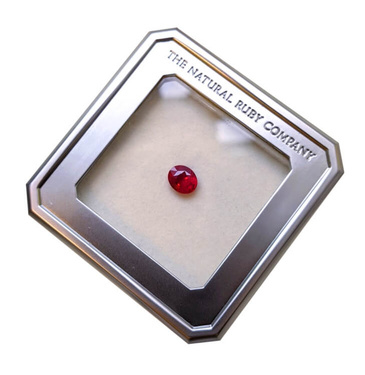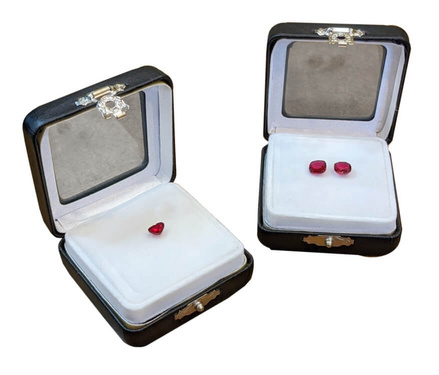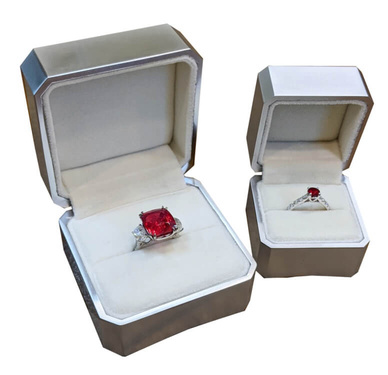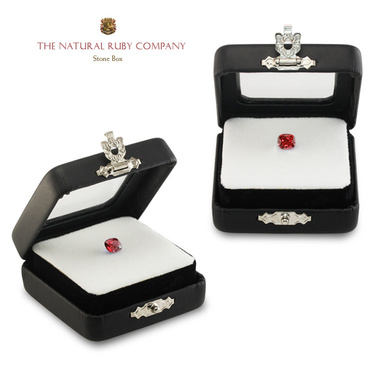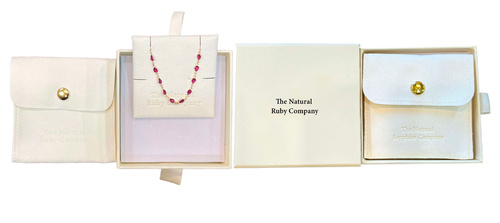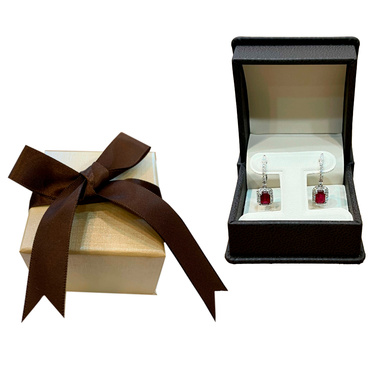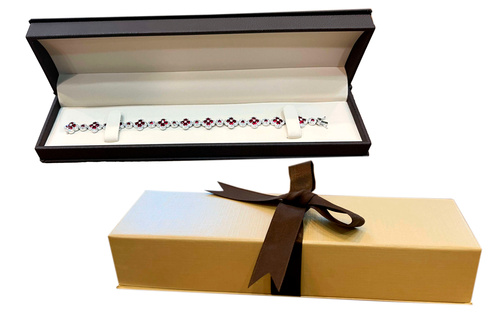- Stone14
- Reports3
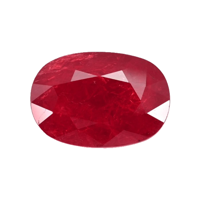

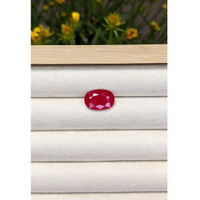
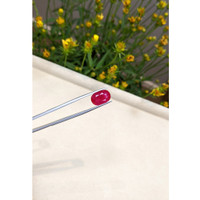
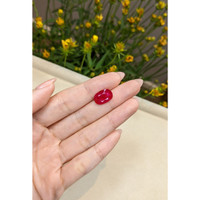
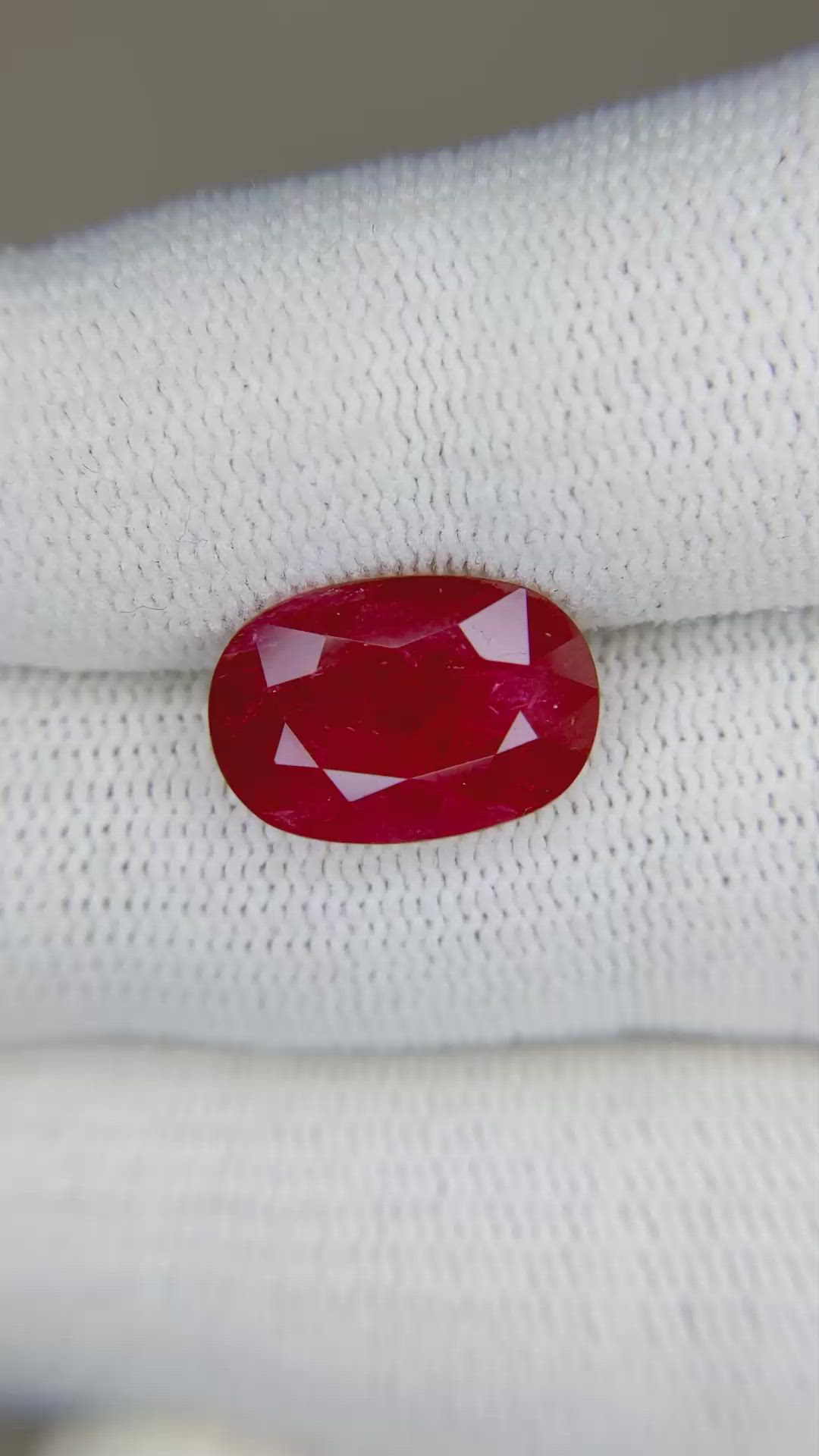
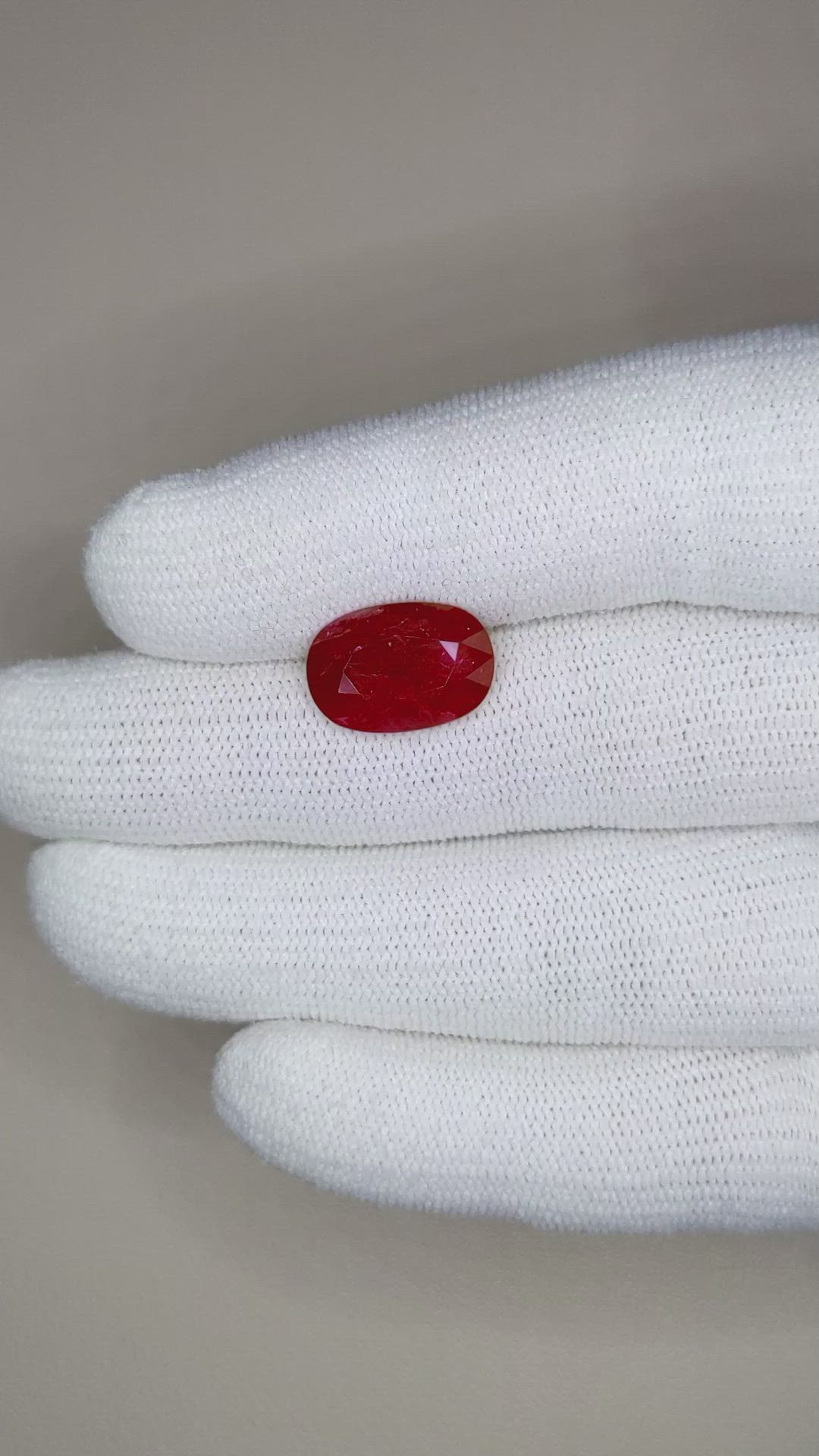
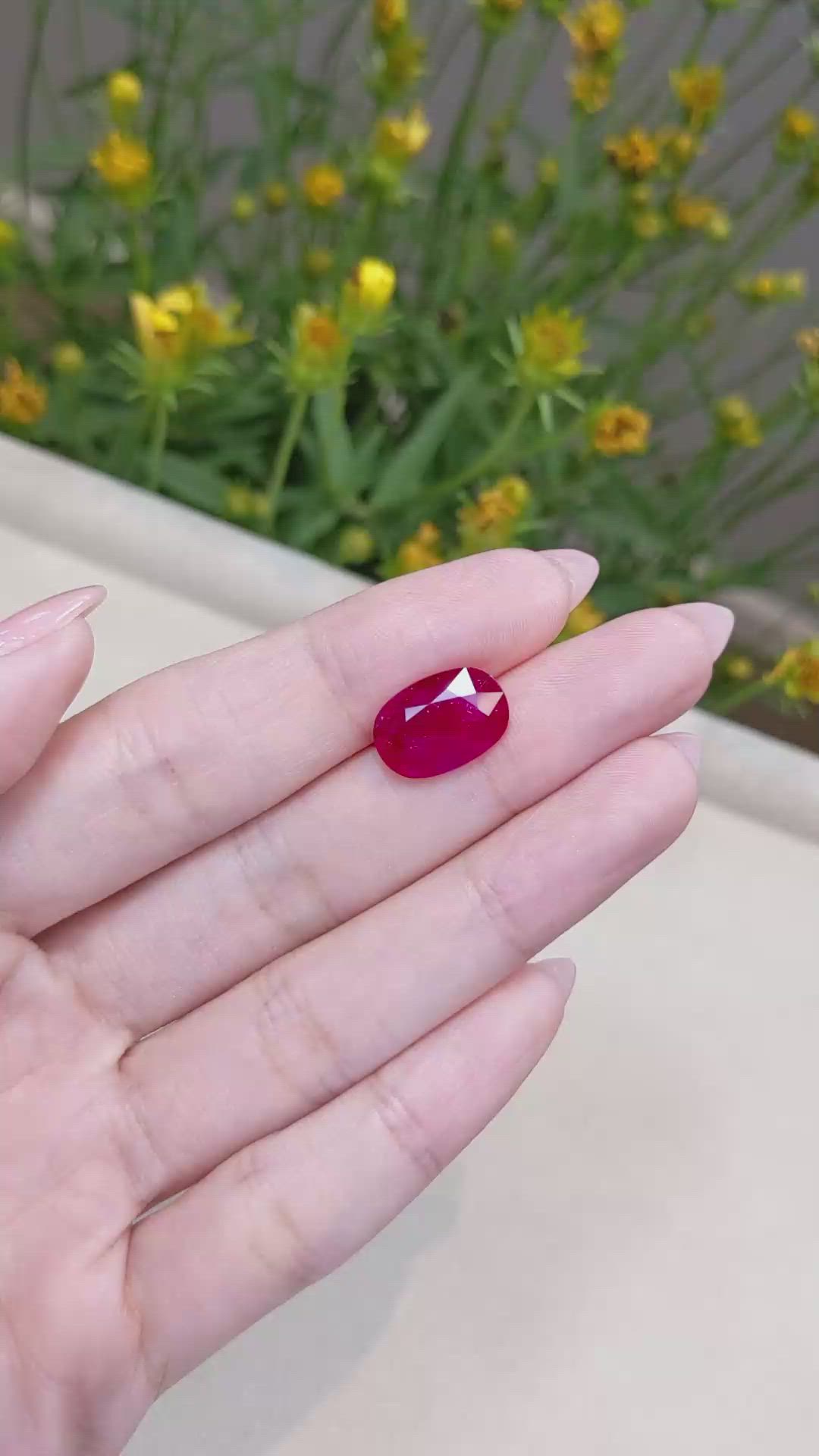
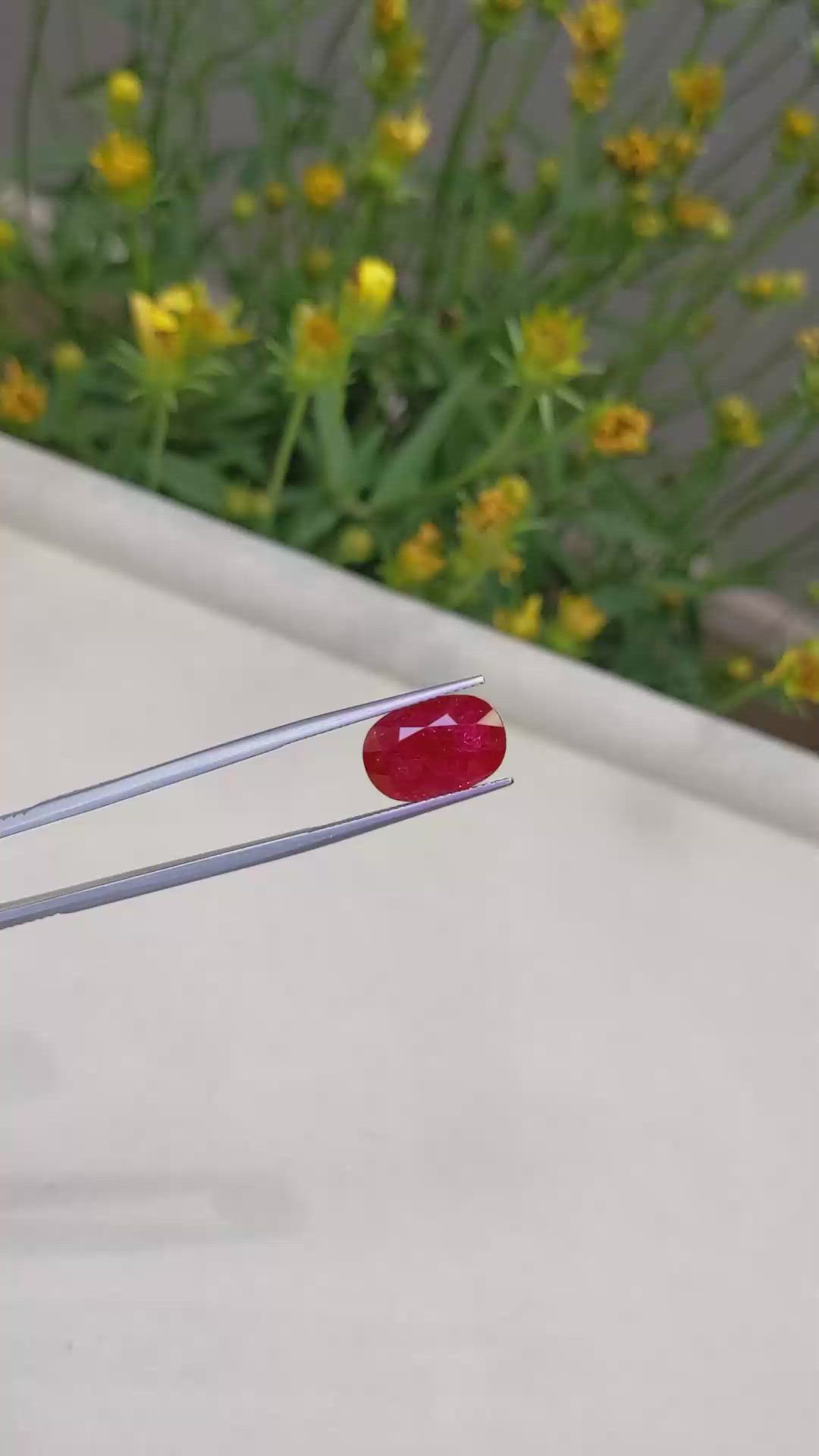
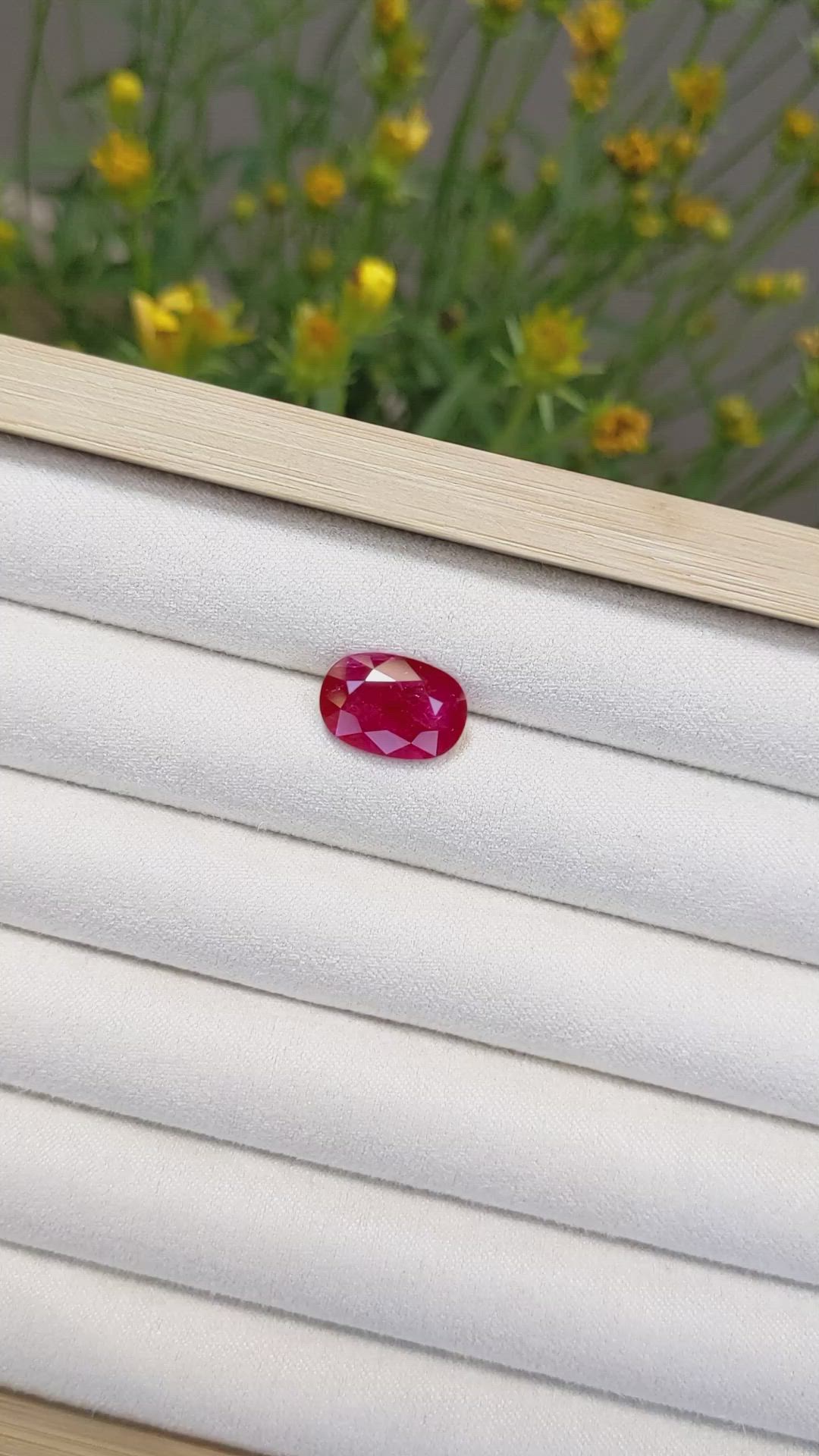

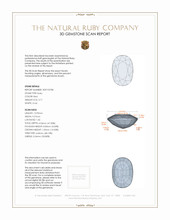
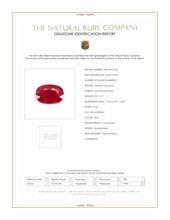
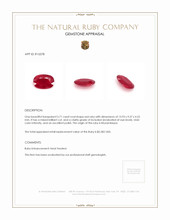
5.71 Ct. Ruby from Mozambique
This loose stone is available to ship now
Item ID: | R15378 |
|---|---|
Dimensions (MM): help | Length: 13.93 Width: 9.57 Height: 4.53 |
Weight: | 5.71 Ct. |
Color: help | Red |
Color intensity: help | Vivid |
Clarity: help | Included |
Shape: help | Oval |
Cut: | Mixed Brilliant |
Cutting style: | Faceted |
Enhancements: help | Heat Treated |
Origin: help | Mozambique |
Per carat price: help | $925 |
From the moment corundum crystals began their slow dance beneath Mozambique earth, more than a million years of pressure and heat shaped this stone into something rare and enduring. I remember the first report from our field partners, a brief note about a patch of gravel rich with ruby-bearing rock, and the excitement that follows when nature offers such a clear invitation. This particular ruby began as mineral seed and trace elements in a matrix of metamorphic rock, deep enough to experience the forces that give rubies their signature hardness and fire. When I hold this gem now I can still feel that memory of heat and time, a continuity between distant geological processes and the life of the jewel in your hands. The color is vivid and true, a red that reads as both classic and immediate, and knowing its origin in Mozambique adds another layer to its story, a provenance that ties it to place and people.
The journey from rough to the refined oval that rests in our case at The Natural Ruby Company is one of careful negotiation between the cutter and the material itself. This gem, weighing 5.71 carats and measuring 13.93 by 9.57 by 4.53 millimeters, was evaluated at every turn to reveal its best possible optical performance. Our cutter chose a mixed brilliant cut to balance face up color saturation with scintillation, giving the stone bright facets that play with light while preserving weight and shape. At eye level the clarity is graded included, which means you can see natural internal features that tell the stone's unique story. These inclusions are not flaws in the way you might think of manufactured uniformity, they are fingerprints of formation, veils of silk and tiny mineral companions that refract light and deepen the ruby’s character. The gem received a standard and widely accepted enhancement of heat treatment, a gentle and controlled process used to improve color and clarity while remaining respectful of the stone’s natural identity. The polish is excellent, a final human touch that allows every facet to sing.
Working with natural rubies is also about human relationships, and at The Natural Ruby Company we see our role as custodians of those stories. We work closely with sourcing partners in Mozambique to ensure that each parcel is traced as far back as possible, so when we present a ruby like this to a client we include not only measurements and grades, but the narrative of where it came from and how it was transformed. This gem’s vivid color intensity makes it an ideal focal point for a ring or a pendant, and its corundum hardness gives it everyday resilience, a stone to be worn and loved. The visible inclusions under magnification become conversation points, reminders that this is a piece of Earth rather than a manufactured product. When you commission a setting with us we take care to craft a design that honors both the material history and the contemporary moment, creating an heirloom that connects the wearer to the land and the labor that brought the stone to light.
When people compare natural rubies to lab grown alternatives it is important to be candid and informative. Lab grown rubies offer remarkable value, consistent color and often fewer inclusions because they are produced under controlled conditions. They are an excellent choice for many buyers who prioritize budget and uniformity. Natural rubies, however, provide benefits that are not easily replicated in a laboratory. Each natural ruby is a geological biography, with inclusions and growth patterns that are unique and unrepeatable, and those internal features often enhance the depth of color and the way light interacts with the stone. Natural stones are rarer by nature and carry provenance that links them to a particular region, in this case Mozambique, which can be meaningful to collectors and to people who want a tangible story behind their jewel. Heat treatment is a standard enhancement that conservers and gem professionals accept as a way to reveal the best in a natural stone without obscuring its origin. Over time many collectors value the individuality, natural rarity and traceable origin of a natural ruby as part of its appeal, and many fine jewellery markets continue to prize these attributes. If you are choosing between the two, consider whether you want the predictability and cost savings of a lab grown stone, or the singular presence and storied past of a natural ruby such as this one from The Natural Ruby Company.

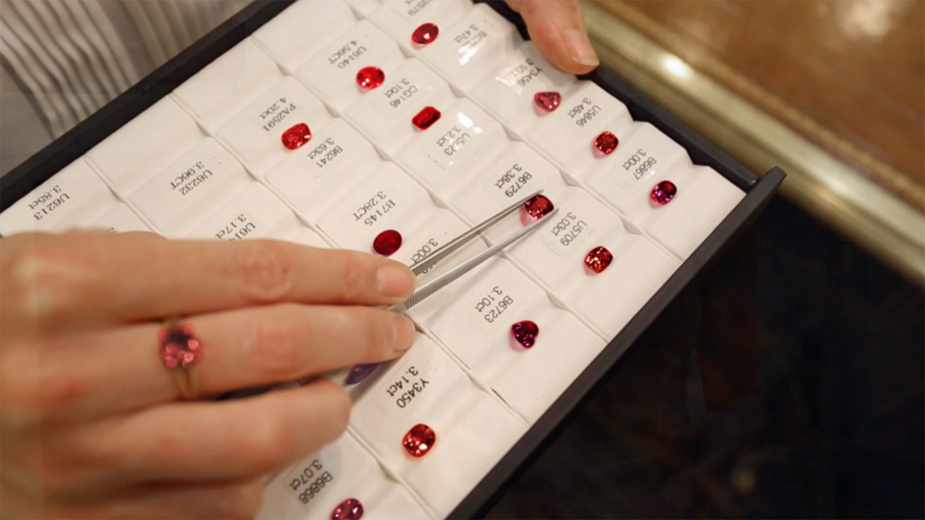

Other Rubies You May Like
